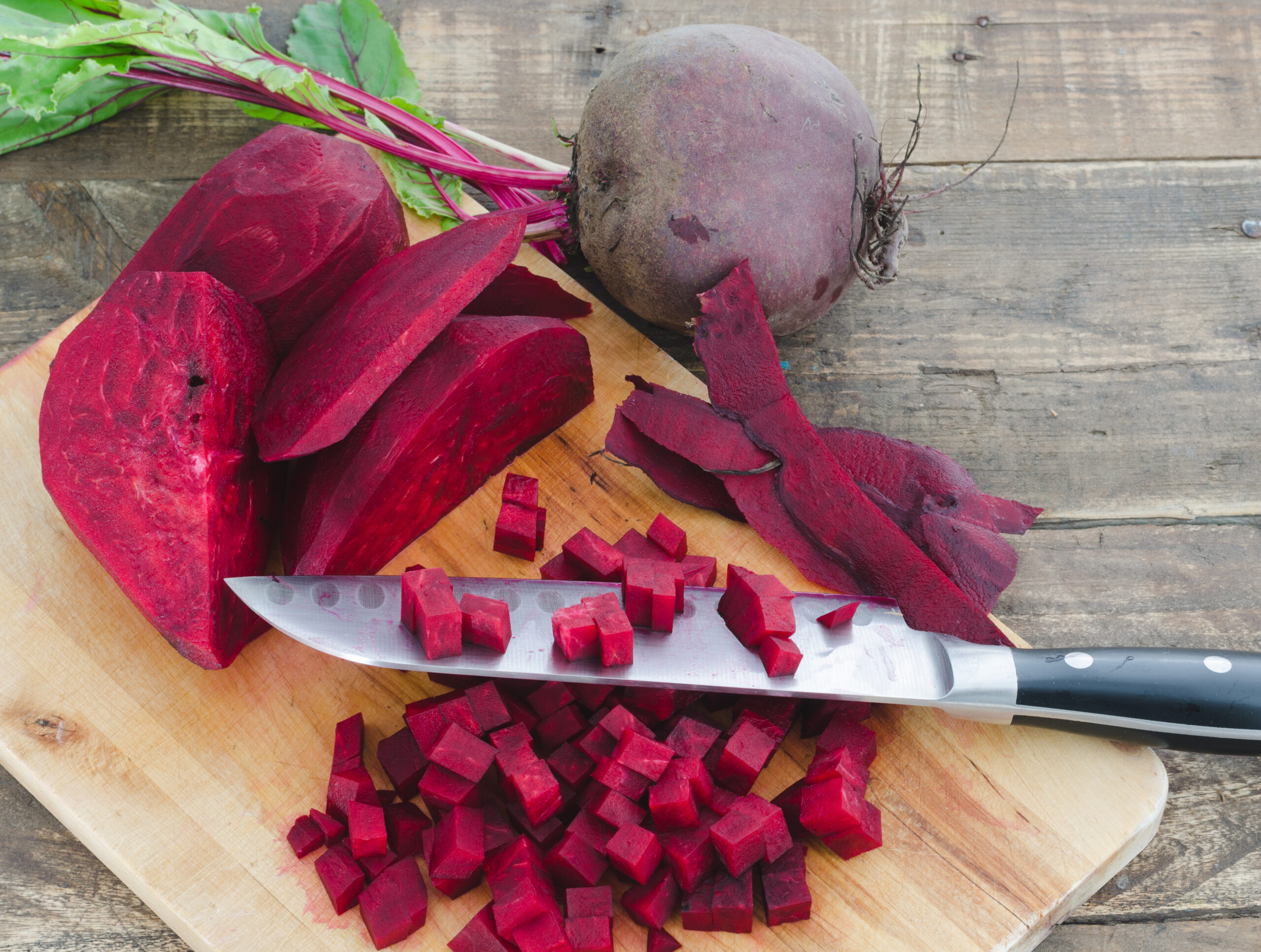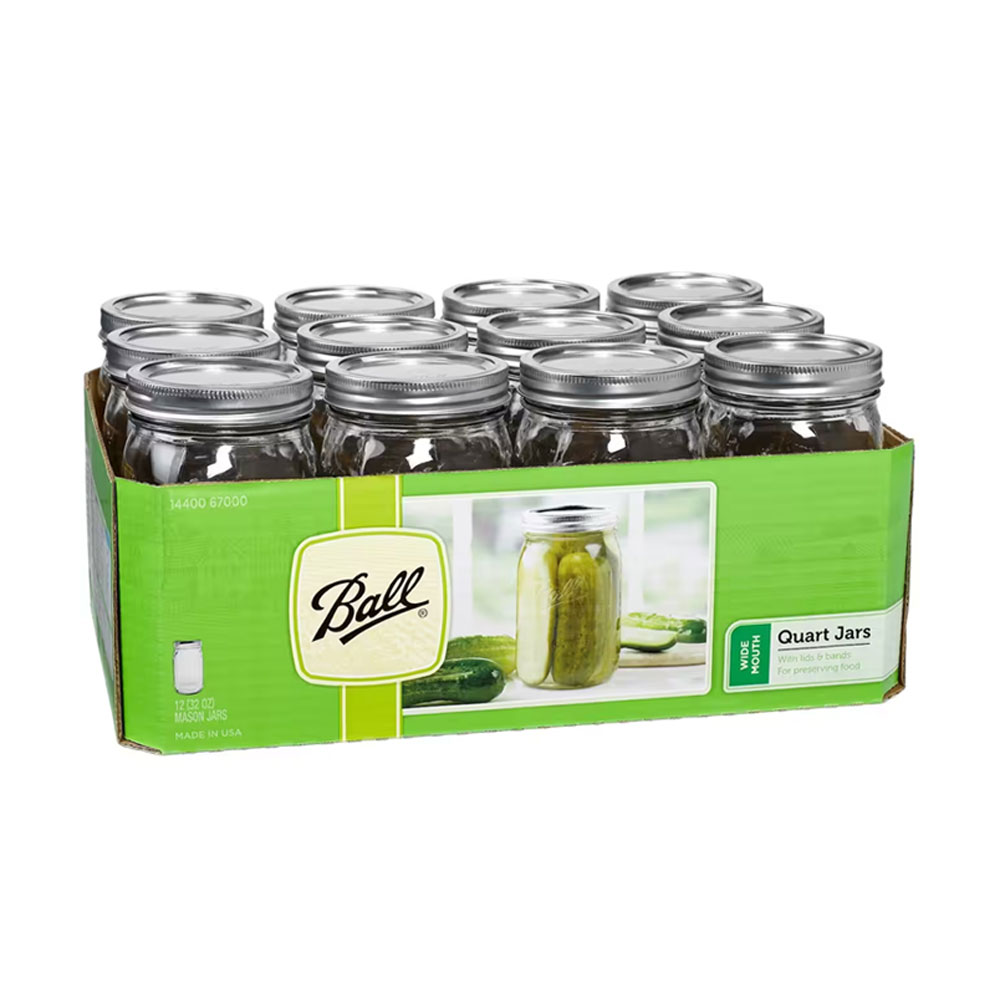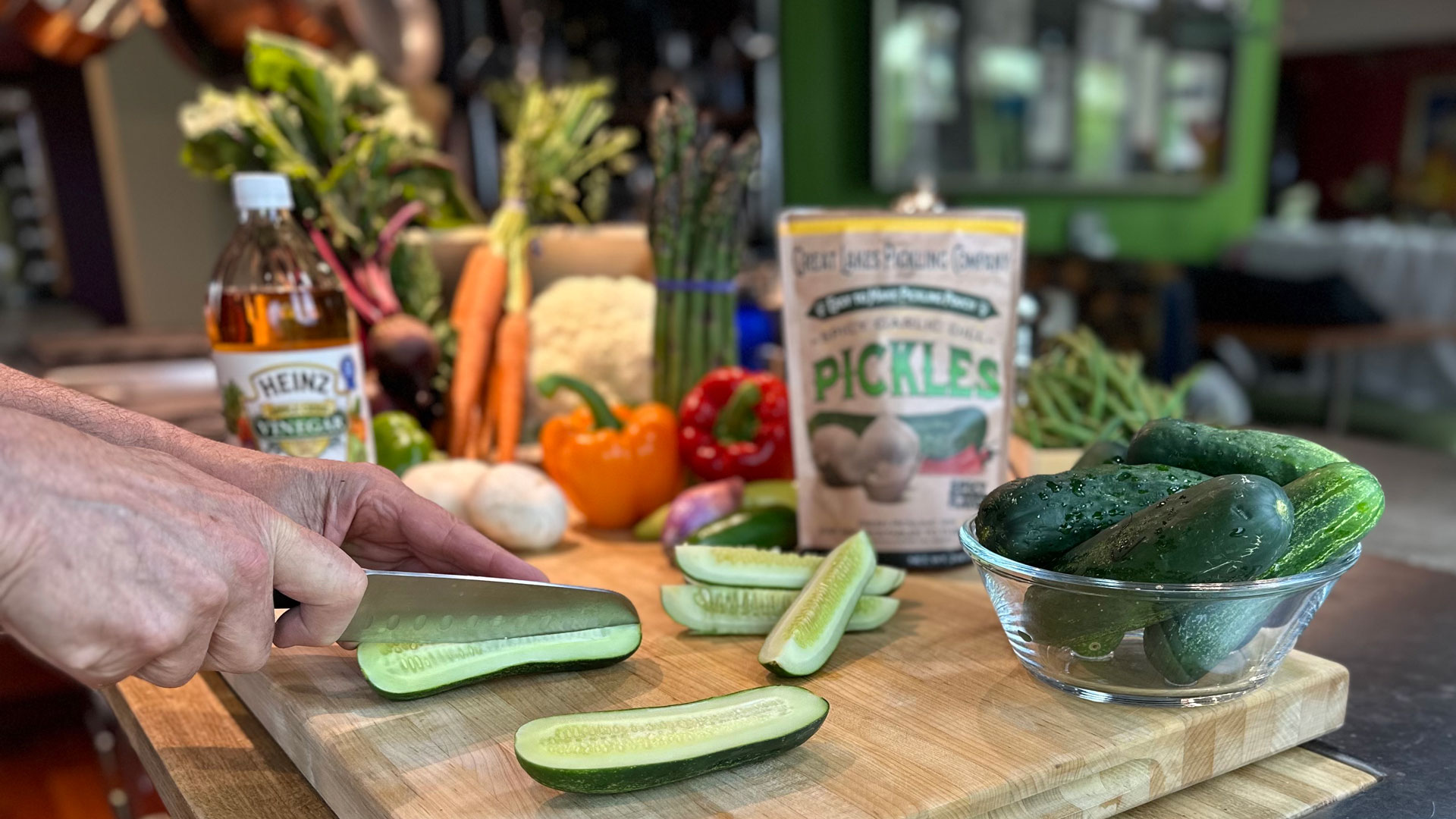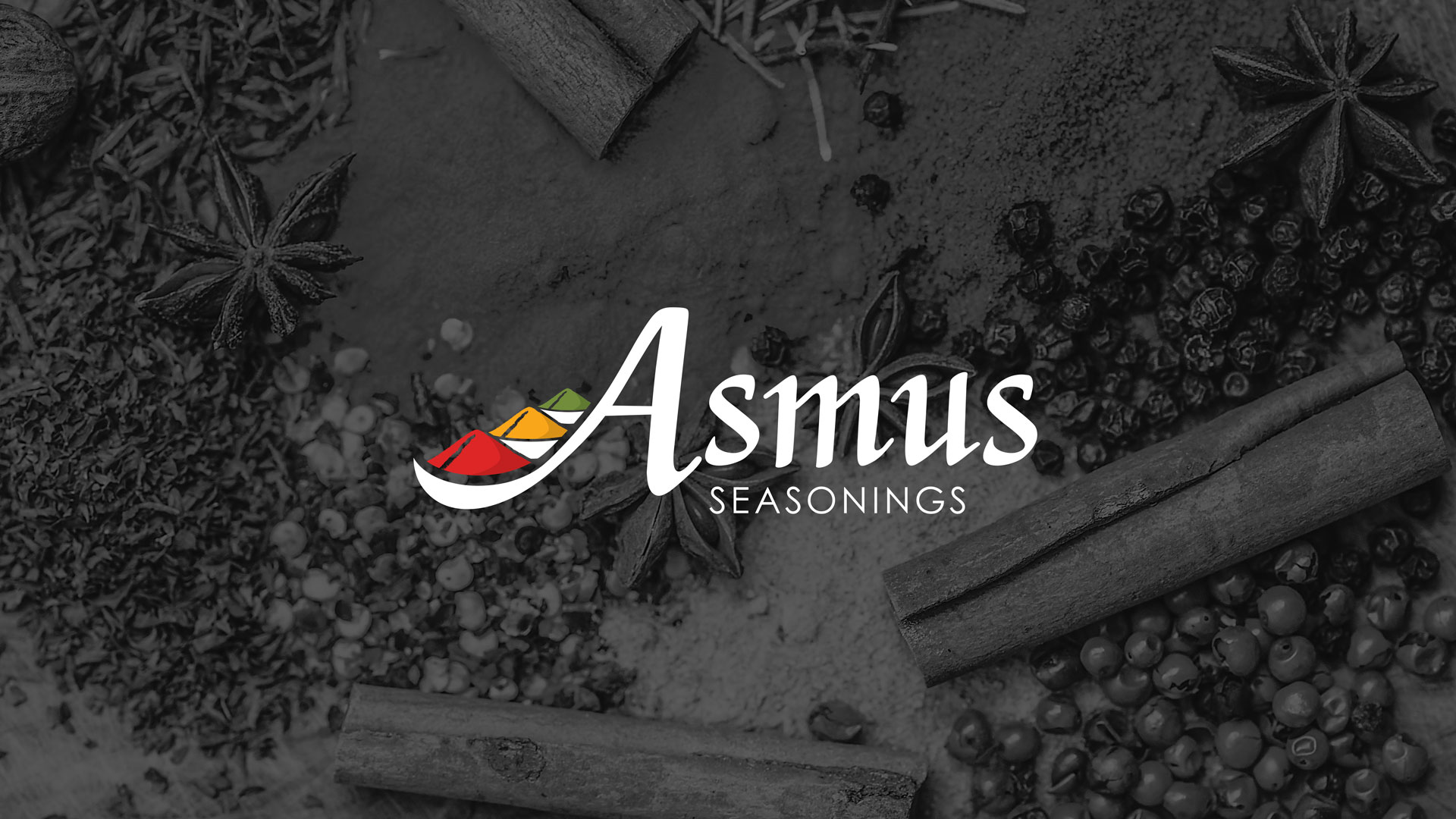Aside from cucumbers, beets are one of the most popular vegetables to pickle.
Unlike cukes, beets find their way onto relish trays, into salads and are just plain good eatin’ anyway you choose to use them.
And beetroots, commonly referred to as just beets, have some pretty impressive health benefits to go along with their delicious flavor.
Beets are full of vitamins and minerals and low in calories and fat.
A combination that’s impactful for sure.
They’re also a good source of several key nutrients, including folate, manganese, and copper, which is an important mineral that is essential in human energy production.
In fact, athletes often find beet juice as one of the ingredients in their energy drinks, mostly due to the the naturally occurring nitrates in beets, which improve energy, sports performance and recovery.
Other benefits, in short relate to regulating blood pressure, enhancing oxygen synthesis, improving digestive & brain health fighting and may be useful in controlling inflammation.
And that red color you see in the popular “Beyond Meat” burgers?

Yep… beet powder.
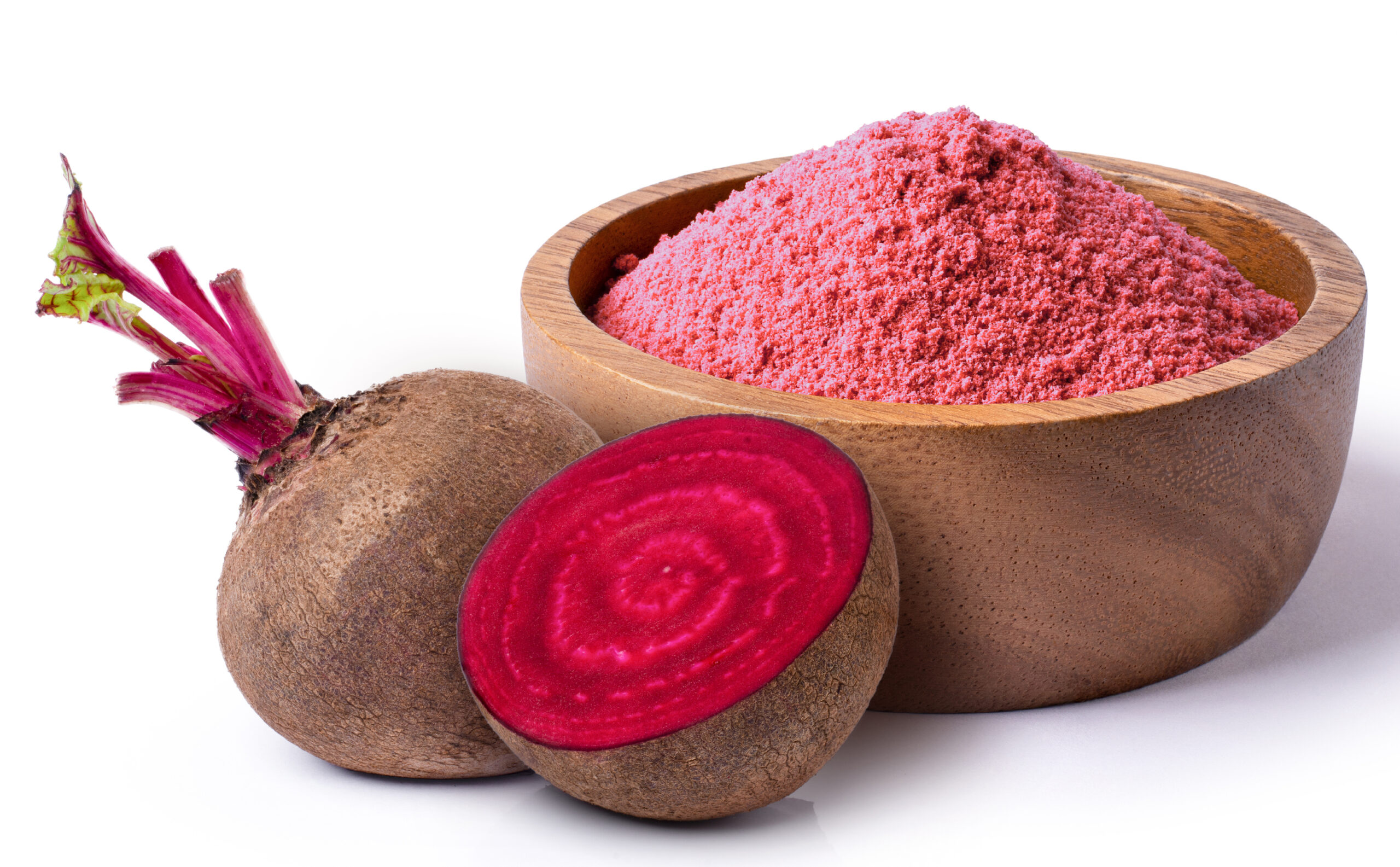
That’s some pretty hefty stuff.
When it comes to pickling, the water solubility of the purplish-red pigment in beets, anthocyanin, poses an aesthetic dilemma as it will, depending on the amount of beet you use, much turn the brine in to a fuchsia / lavender color.
As such, depending on your artist bent, you may wish to reconsider using it as an ingredient in your pickled giardiniera or with decidedly green vegetable such as green beans, asparagus, Brussels sprouts or okra.
Pickling beets with Great Lakes Pickling pouches.
For beets, our first choice is our Granny’s Bread & Butter pickling pouch. It’s the sweetest of the bunch and has the seasoning blend which is well suited for beets.
Typically, beets are pickled with onion (any color), garlic, or a small amount of red cabbage. The ratio being mostly beets of course, with perhaps half of a medium size white onion (sliced).
Then, about 4 to 5 whole, peeled, garlic cloves.
Beets, because of their firm dense pulp, should be sliced about ¼” thick, and you might even consider slicing the larger “disks” in half to make half rounds.
Beets will also take a bit longer to soften in your brine mixture. Typically, 5 to 6 days at a minimum.
Having said that, as a rule of thumb, refrigerated pickling, produces a vegetable which is a bit firmer than a recipe where the brine is poured over the vegetable hot, then processed in a water bath.
And what about the left-over brine?
One of the bonuses of pickled beets, is that the left-over brine, if brought to a simmer, can then be re-used for a short term, pickled hard cooked eggs.
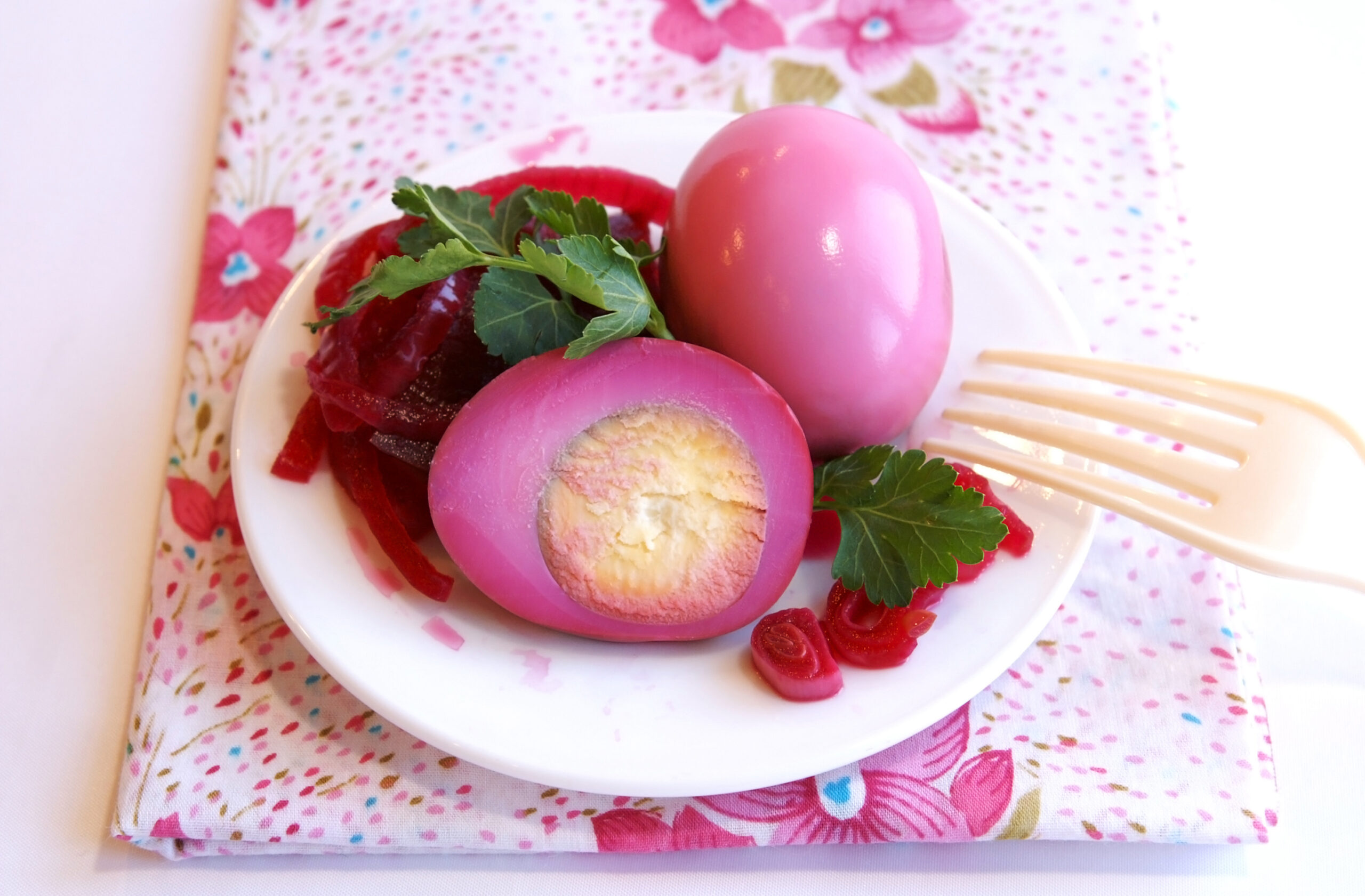
The preferred vinegar for pickled beets is cider vinegar, which pairs very well with the flavor of beets. You also might consider adding a bit more sugar if you like your beets on the sweeter side.
There you have it. Our short beet primer.

